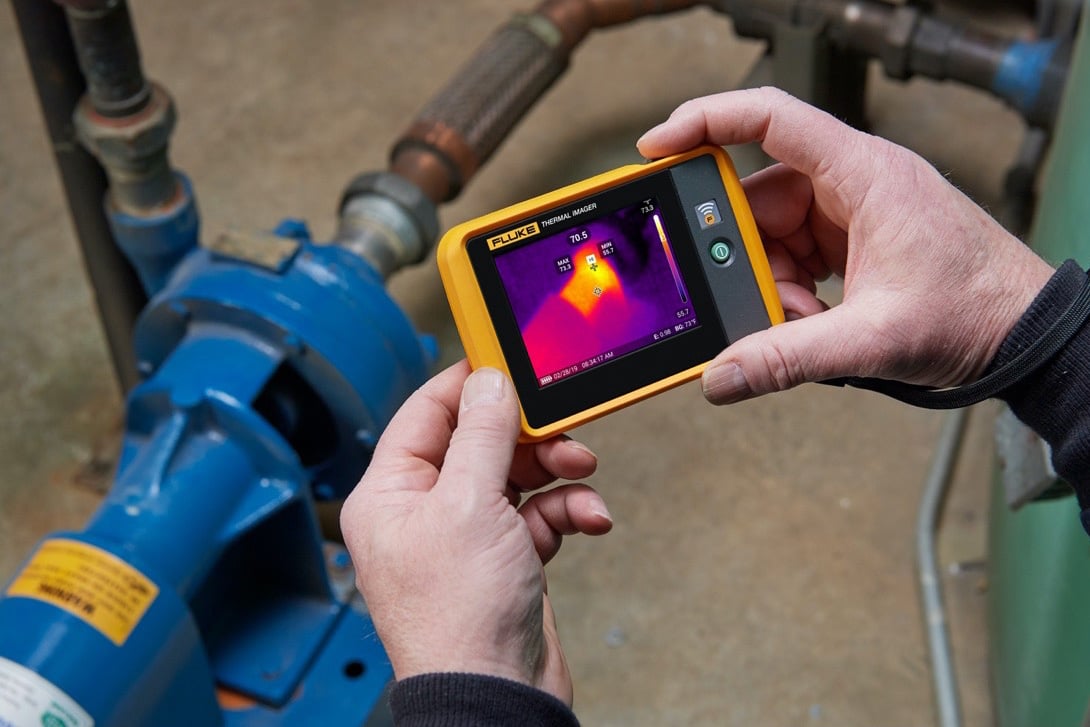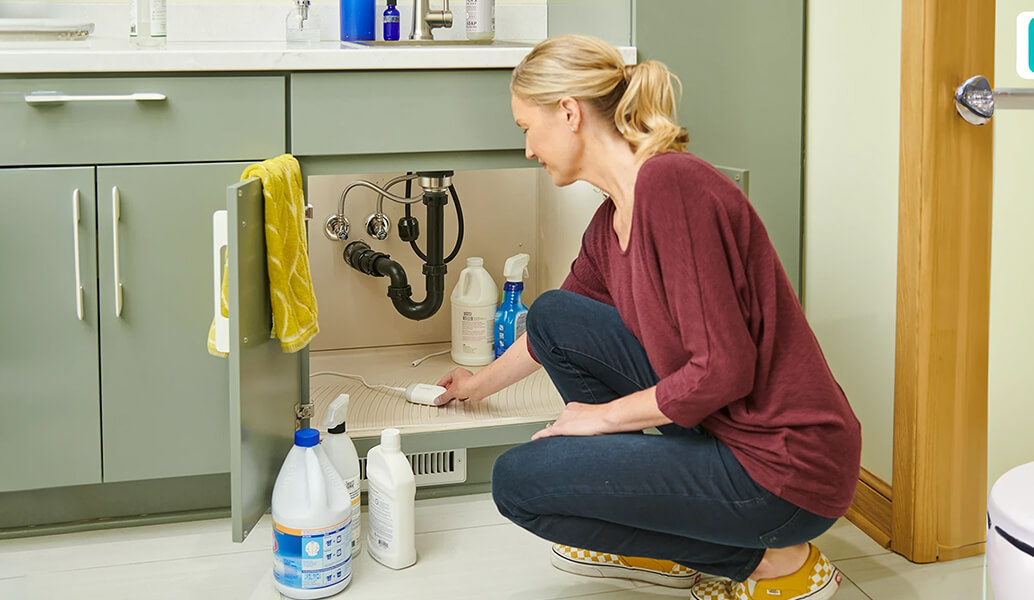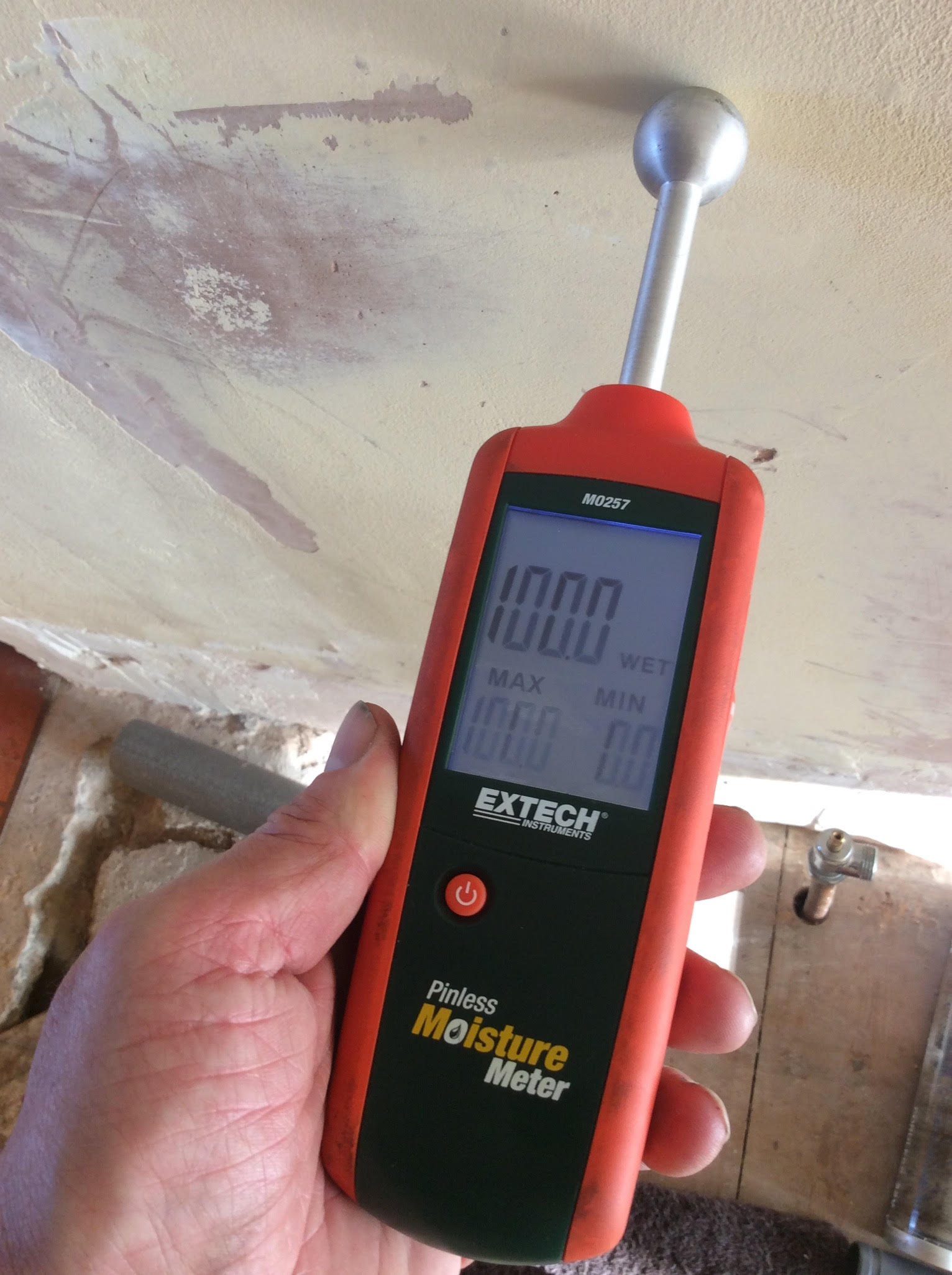Ingenious Solutions for Early Detection of Water Leakages in Buildings and Facilities
As the honesty of buildings and facilities is critical, the challenge of very early discovery of water leaks has actually stimulated cutting-edge solutions that promise to change the means we safeguard versus potential damages. From advanced leak discovery technologies to the deployment of IoT sensing units for real-time tracking, the landscape of leak prevention is developing swiftly. Machine learning formulas offer a look right into the future of leak forecast, while thermal imaging provides a non-intrusive method for determining concealed leaks. Automated water flow evaluation systems are reshaping just how leaks are recognized and resolved, paving the method for a positive approach to water leakage discovery. Each of these options holds the essential to guaranteeing the dependability and long life of our developed setting, prompting a change in the direction of a much more sustainable and efficient future.
Advanced Leak Discovery Technologies
Advanced leakage discovery modern technologies, outfitted with advanced sensing units and formulas, play an important role in quickly determining and determining water leaks in various settings. Electro-magnetic sensing units can identify adjustments in electro-magnetic fields triggered by water, providing yet one more layer of leak discovery capability.

IoT Sensors for Real-Time Tracking
In the realm of contemporary water leakage discovery, the integration of IoT sensors for real-time surveillance stands for a pivotal development in improving proactive leakage discovery capabilities. These sensors provide continual surveillance of water systems, providing real-time data on water flow rates, pressure variants, and temperature adjustments. By leveraging IoT technology, these sensing units can spot also the smallest abnormalities in water usage patterns, allowing very early recognition of possible leaks prior to they rise right into significant concerns.
IoT sensors transmit information to a central platform, where advanced formulas assess the info and create signals or alerts when irregularities are identified. This real-time surveillance capability permits homeowner or center supervisors to promptly resolve leaks, lessening water damages, lowering repair service prices, and conserving water resources.
In addition, IoT sensors can be incorporated with structure administration systems, enabling automated feedbacks to identified leaks, such as shutting off water shutoffs or triggering pumps to alleviate the impact of leaks. Overall, the application of IoT sensors for real-time surveillance considerably boosts the performance and effectiveness of water leak discovery in buildings and facilities.
Maker Learning Algorithms for Leakage Prediction

One secret benefit of making use of machine learning for leakage prediction is its capacity to constantly find out and boost its accuracy over time. As even more data is collected and fed right into the algorithm, it can fine-tune its forecasts and adapt to transforming problems, ultimately increasing the integrity of leakage discovery systems.
Furthermore, equipment learning algorithms can assist in determining refined indicators of leakages that may go unnoticed by typical tracking approaches. water leak detection. By assessing intricate data embed in real-time, these formulas can offer very early cautions and signals, enabling punctual treatment and preventative upkeep to minimize potential water damage and connected prices
Making Use Of Thermal Imaging for Leakage Discovery
Thermal imaging modern technology provides an appealing approach for detecting water leaks in different systems and infrastructures. By making use of infrared radiation and temperature level variances, thermal imaging video cameras can recognize concealed leaks that are not quickly visible to the naked eye. When water runs away from pipes or structures, it frequently transforms the temperature level of the bordering location, developing temperature level differentials that thermal electronic cameras can capture. These temperature level abnormalities are after that converted into visible photos, highlighting the precise area of the leak.
One of the crucial benefits of thermal imaging for leakage detection is its non-intrusive nature. Unlike standard methods that may require getting into walls or floorings to locate leakages, thermal imaging enables non-destructive screening. This not just conserves time and decreases expenses yet additionally minimizes disturbance to the structure or facilities being assessed. Furthermore, thermal imaging can quickly check huge locations, giving a detailed dig this overview of potential leak resources in a timely way. Overall, using thermal imaging modern technology boosts the efficiency and accuracy of water leak detection, making it a valuable tool for keeping the honesty of structures and infrastructures.
Automated Water Flow Analysis Systems
How can automated water flow analysis systems reinvent the detection and management of leakages in various systems and infrastructures? Automated water flow analysis systems use an aggressive method to leakage detection by continually monitoring water circulation prices and patterns. By developing baseline information, these systems can swiftly identify inconsistencies that might show a leak, making it possible for timely treatment to stop comprehensive damages.
These systems make use of sophisticated formulas to go to this web-site evaluate real-time data and provide immediate signals when anomalies are detected, permitting speedy activity to be taken. Furthermore, automated water flow evaluation systems can be integrated with building administration systems or IoT platforms, improving total performance and allowing remote surveillance capabilities.
Furthermore, the data collected by these systems can be utilized for anticipating upkeep functions, assisting to determine possible powerlessness in the framework before leakages take place. Overall, the application of automated water circulation analysis systems can significantly enhance leak detection and administration methods, ultimately bring about cost savings, lowered water wastage, and boosted sustainability in buildings and infrastructure.

Final Thought
To conclude, the assimilation of sophisticated leakage discovery modern technologies, IoT sensors, machine discovering algorithms, thermal imaging, and automated water circulation analysis systems supplies ingenious options for very early detection of water leaks in buildings and infrastructure. These modern technologies enable real-time monitoring, forecast of leaks, and efficient detection approaches to avoid water damages and wastefulness. Executing these services can help in maintaining the stability and sustainability of water supply in numerous settings.